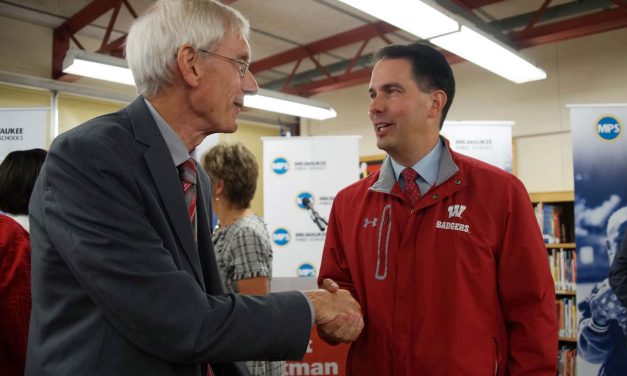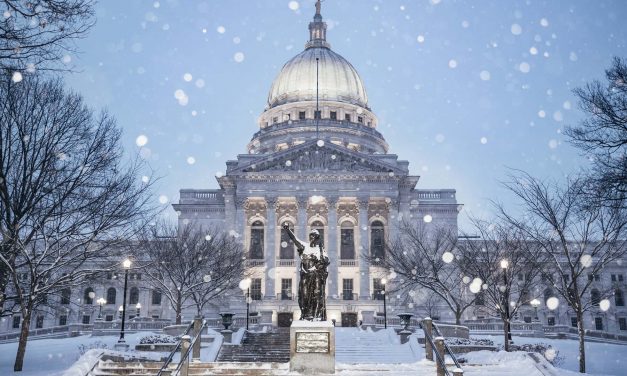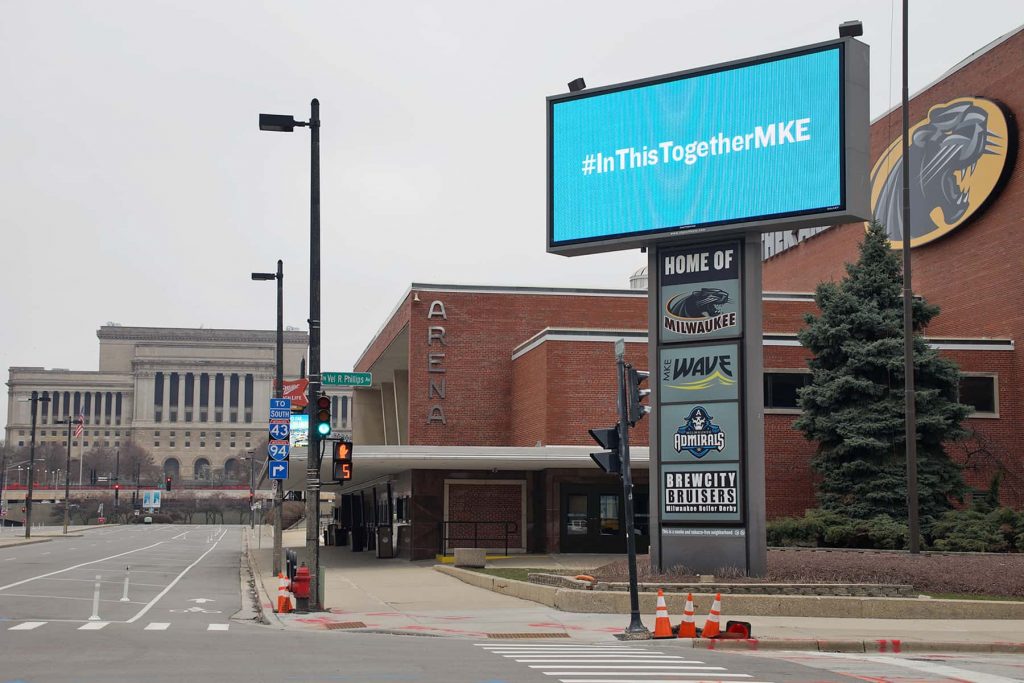Wisconsin legislators follow national trend to discard democracy for one-party rule
“This isn’t a bill. This is a coup.” – Randy Bryce (a.k.a. the “Iron Stache”) The rushed enactment of bills being considered in the Wisconsin Legislature on Tuesday would leave a dark and long-lasting stain on our state’s reputation for being a home of good government, clean politics and thoughtful policymaking. Enacting the proposed bills would be the first time in Wisconsin’s 160-year history that a lame duck session was ever used to sharply reduce the power of a newly-elected Governor and a newly elected Attorney General. And it would make Wisconsin one of just a small number of...
Read More















